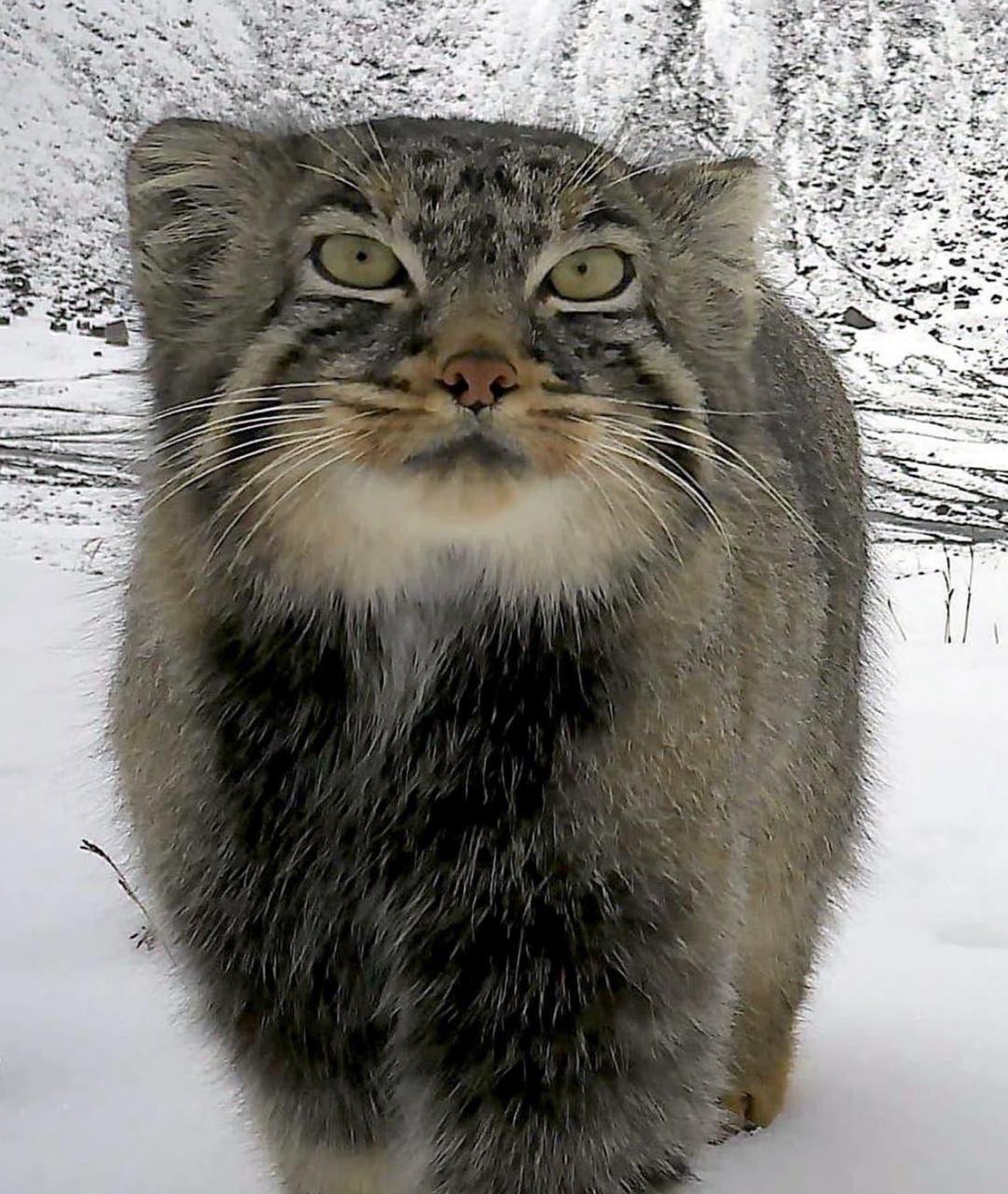High in the icy expanse of Arunachal Pradesh’s rangelands, camera traps have yielded the first photographic evidence of the elusive Pallas’s cat, alongside five other wild cat species, in what conservationists describe as a landmark discovery.
The survey, conducted by WWF-India under its Reviving Trans-Himalayan Rangelands – A Community-led Vision for People and Nature project, was carried out with support from the Arunachal Pradesh Forest Department and funding from the UK government’s Darwin Initiative. Local communities offered guidance to the field team.
Over 136 cameras were deployed at 83 sites across 2,000 sq km in West Kameng and Tawang districts between July and September 2024. They remained active for over eight months in punishing weather and difficult terrain, documenting species at elevations rarely recorded in India.

According to WWF-India, the survey captured snow leopards, clouded leopards, marbled cats, common leopards and leopard cats at altitudes above 4,200 metres. The common leopard was photographed at 4,600 masl, the clouded leopard at 4,650 masl and the marbled cat at 4,326 masl. Other high-altitude records included the Himalayan wood owl at 4,194 masl and the grey-headed flying squirrel at 4,506 masl.
“These may be the highest elevation records in the country and could exceed previously known global limits for some species,” WWF-India noted. The Pallas’s cat sighting was slightly below its known maximum of 5,050 masl but remains significant for the species’ eastern Himalayan range.
Also read: Endangered Indian Fishing Cat cubs spotted in Hoshiarpur
The discovery adds to earlier confirmed records from Sikkim, Bhutan and eastern Nepal, extending the known distribution of this cold-adapted species. The survey even revealed a snow leopard and a common leopard scent-marking at the same site, underscoring the richness of the ecosystem.
Taku Sai, senior project officer at WWF-India, said, “The findings of this survey are remarkable and the discovery of multiple wild cats at such extreme elevations opens exciting new opportunities for ecological research and conservation.”
Rishi Kumar Sharma, who heads the Himalayas Programme for WWF-India, described the finding as “a powerful reminder of how little we still know about life in the high Himalayas”. He added: “That a landscape can support snow leopards, clouded leopards, marbled cats and now Pallas’s cat alongside vibrant pastoral traditions speaks to its extraordinary richness and resilience.”
Ngilyang Tam, Principal Chief Conservator of Forests and Chief Wildlife Warden (Wildlife and Biodiversity) in Arunachal Pradesh, called the discovery a milestone for wildlife research in the eastern Himalayas. He stressed the need for sustained investment in monitoring and conservation efforts to protect such fragile ecosystems.
The survey, conservationists say, not only pushes the boundaries of known species habitats but also highlights the ecological importance of Arunachal’s high-altitude landscapes at a time when climate change poses new threats to biodiversity.


